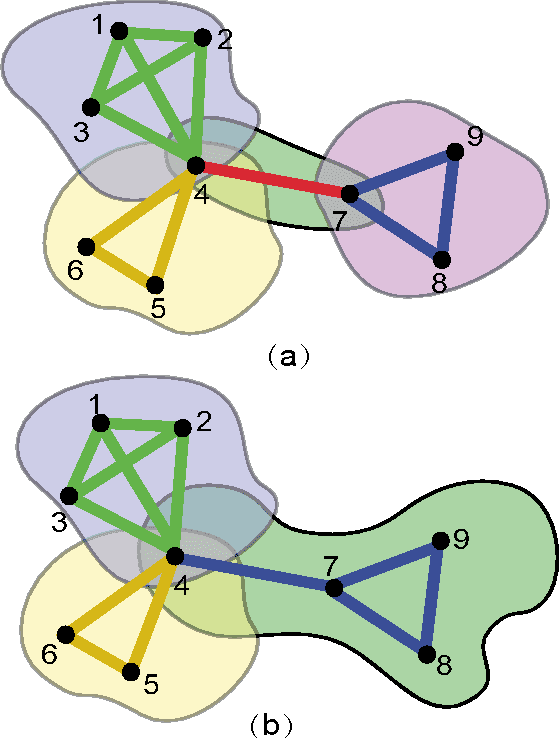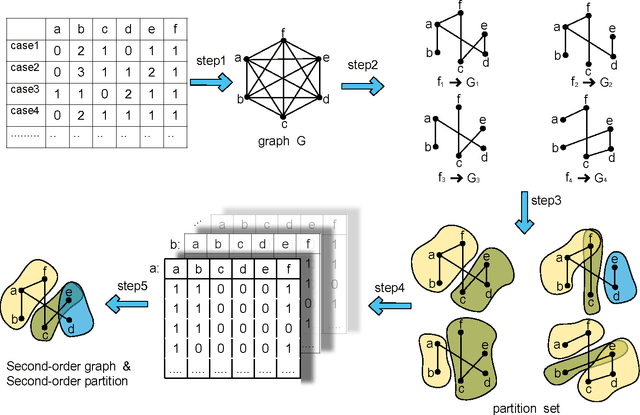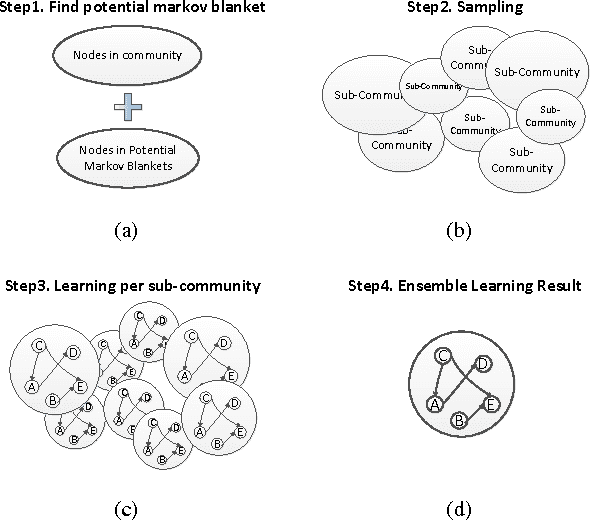Mengying Wang
Quantifying the Risks of Tool-assisted Rephrasing to Linguistic Diversity
Oct 23, 2024



Abstract:Writing assistants and large language models see widespread use in the creation of text content. While their effectiveness for individual users has been evaluated in the literature, little is known about their proclivity to change language or reduce its richness when adopted by a large user base. In this paper, we take a first step towards quantifying this risk by measuring the semantic and vocabulary change enacted by the use of rephrasing tools on a multi-domain corpus of human-generated text.
Generating Robust Counterfactual Witnesses for Graph Neural Networks
Apr 30, 2024



Abstract:This paper introduces a new class of explanation structures, called robust counterfactual witnesses (RCWs), to provide robust, both counterfactual and factual explanations for graph neural networks. Given a graph neural network M, a robust counterfactual witness refers to the fraction of a graph G that are counterfactual and factual explanation of the results of M over G, but also remains so for any "disturbed" G by flipping up to k of its node pairs. We establish the hardness results, from tractable results to co-NP-hardness, for verifying and generating robust counterfactual witnesses. We study such structures for GNN-based node classification, and present efficient algorithms to verify and generate RCWs. We also provide a parallel algorithm to verify and generate RCWs for large graphs with scalability guarantees. We experimentally verify our explanation generation process for benchmark datasets, and showcase their applications.
LAGE: A Java Framework to reconstruct Gene Regulatory Networks from Large-Scale Continues Expression Data
Nov 09, 2012Abstract:LAGE is a systematic framework developed in Java. The motivation of LAGE is to provide a scalable and parallel solution to reconstruct Gene Regulatory Networks (GRNs) from continuous gene expression data for very large amount of genes. The basic idea of our framework is motivated by the philosophy of divideand-conquer. Specifically, LAGE recursively partitions genes into multiple overlapping communities with much smaller sizes, learns intra-community GRNs respectively before merge them altogether. Besides, the complete information of overlapping communities serves as the byproduct, which could be used to mine meaningful functional modules in biological networks.
LSBN: A Large-Scale Bayesian Structure Learning Framework for Model Averaging
Oct 18, 2012



Abstract:The motivation for this paper is to apply Bayesian structure learning using Model Averaging in large-scale networks. Currently, Bayesian model averaging algorithm is applicable to networks with only tens of variables, restrained by its super-exponential complexity. We present a novel framework, called LSBN(Large-Scale Bayesian Network), making it possible to handle networks with infinite size by following the principle of divide-and-conquer. The method of LSBN comprises three steps. In general, LSBN first performs the partition by using a second-order partition strategy, which achieves more robust results. LSBN conducts sampling and structure learning within each overlapping community after the community is isolated from other variables by Markov Blanket. Finally LSBN employs an efficient algorithm, to merge structures of overlapping communities into a whole. In comparison with other four state-of-art large-scale network structure learning algorithms such as ARACNE, PC, Greedy Search and MMHC, LSBN shows comparable results in five common benchmark datasets, evaluated by precision, recall and f-score. What's more, LSBN makes it possible to learn large-scale Bayesian structure by Model Averaging which used to be intractable. In summary, LSBN provides an scalable and parallel framework for the reconstruction of network structures. Besides, the complete information of overlapping communities serves as the byproduct, which could be used to mine meaningful clusters in biological networks, such as protein-protein-interaction network or gene regulatory network, as well as in social network.
 Add to Chrome
Add to Chrome Add to Firefox
Add to Firefox Add to Edge
Add to Edge